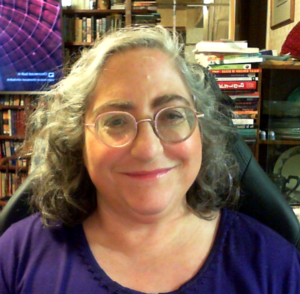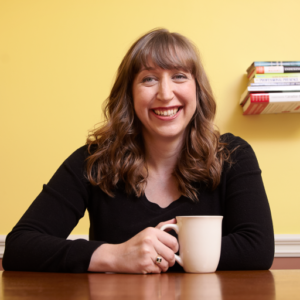What if prose were written like music? What if, instead, of a common world, stories in an anthology were steps on a share emotional path? Those are the questions the upcoming anthology Score is attempting to answer.
Emotions are a key part of our experience of art. The books that stick with you are often the ones that made you feel something. Even when we don’t recall the details of a plot (or painting, or movie), we’ll often recall how it made us feel. Even if you don’t recall the details of Watership Down, for example -“” the names of the rabbits, the original warren, etc. “” you probably remember how you felt about the rabbits and what happened to them. You remember how you felt when you closed the book. Even if you mislay every detail of a book, you’ll remember whether it made you laugh or cry or feel wistful.
Score is an attempt to tackle the emotional side of writing head on. A group of almost 20 authors set out not to write about robots or aliens or magic “” though we have all of those “” but to write from emotion.
What does that mean, and how does it work? It means, simply, that each of the authors worked from a coherent emotional score, knowing the emotions in the piece before and after theirs, what emotions they were to emphasize, and … nothing else. They had complete freedom of genre, topic, tone, approach, etc. “” so long as they worked with the emotions they were assigned. The result is a fascinating collection of stories with a distinct emotional progression.
Putting together the score was challenging. As the editor and ‘composer’, I defined fairly early on the emotions we would work with. I knew the direction I wanted to score to take – an overall path of ascending hope that I thought a good fit to the times “” but choosing emotional terminology that would work consistently across many different writers took some work.
In the end, we worked from a palette of six emotional ranges – six emotions with four variants each, two positive, two negative. For example, Hope ranges from Hope at the positive end to Despair at the negative end. These aren’t quite the emotional pairs used by social scientists, and we could have ended up with a wide range of others, but these six emotional ranges allowed ample scope for ups and downs. The emotions are loosely grouped into two sets – the Hope set (Hope, Curiosity, Awe) and the Joy set (Joy, Love, Lust).
Each writer was assigned a specific major and minor emotion, and the score has distinct movements. Using musical terms very approximately, there’s an Overture, a Hope triad, a Joy triad, a Bridge, a Joy triad inversion, a Hope triad inversion, and a Coda. There are high points and low points, but … spoiler alert… it all ends with Hope and Joy.
It’s been a lot of fun putting this together. While I personally often write from an emotional basis, putting together an entire score was an intriguing and challenging exercise. Each writer interpreted the task in their own way, putting their own distinct stamp on it, as artists will. The result is intriguing, and I hope will be as much of an adventure for readers as it was for all of us.
Score: an SFF symphony is out on March 2nd from Metaphorosis Books.
Enjoy this writing advice and want more content like it? Check out the classes Cat gives via the Rambo Academy for Wayward Writers, which offers both on-demand and live online writing classes for fantasy and science fiction writers from Cat and other authors, including Ann Leckie, Seanan McGuire, Fran Wilde and other talents! All classes include three free slots.
If you’re an author or other fantasy and science fiction creative, and want to do a guest blog post, please check out the guest blog post guidelines.











2 Responses